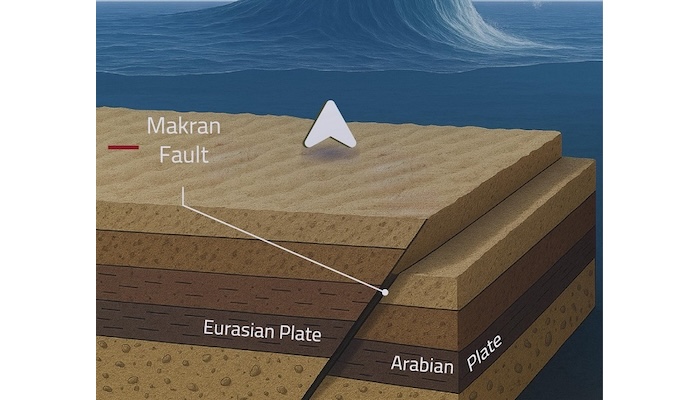
Muscat: Oman marked World Tsunami Day with the objective to promote awareness about the risks it can pose and actions to be taken in the event of its occurrence.
Signs and indicators of a Tsunami:
Community members are urged to carry out self-evacuation in the event of a tsunami forming in the Sea of Oman or the Arabian Sea, by recognising the natural warning signs that may indicate an approaching tsunami. This is crucial given the short time interval (15-25 minutes) between an earth-quake and the arrival of the first wave on the coasts of the Sultanate of Oman.
Natural indicators include:
Sudden retreat of seawater from the shore: This may indicate that a tsunami wave Is approaching
Appearance of a large wave or a wall of water: This could be the first wave of the tsunami
A loud roaring sound from the sea: This may be caused by an approaching tsunami wave and can resemble the noise of multiple airplanes or trains
Unusual behavior of the sea: This may include the appearance of bubbles, spray, mist, or changes in the colour of the water.
What is the Makran Fault?
It is located along the boundary between the Arabian Plate and the Eurasian Plate, where the denser oceanic Arabian Plate is subducting beneath the less dense Eurasian Plate at a rate of 2-4 centimetres per year.
How are tsunamis generated along the Makran Fault?
The upward movement of the upper plate displaces seawater vertically, generating a wave
The waves then travel outward from the source at tremendous speeds, reaching up to those of an aircraft 1800-900 km/h)
As they approach shallow waters, their speed decreases while their height increases.